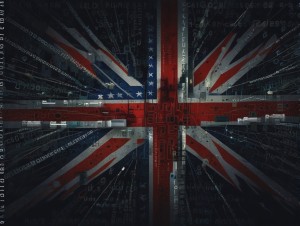In a groundbreaking legal battle, The New York Times has taken aim at OpenAI and Microsoft Corp., accusing them of unfair misappropriation of copyrighted news stories. The dispute raises questions about the intersection of generative AI and journalism, as AI systems like ChatGPT reproduce substantial portions of news articles without permission.
Generative AI and fair use
OpenAI and Microsoft find themselves at the center of a legal storm, as The New York Times challenges the use of its copyrighted works in training AI systems. The defense relies on a concept termed “fair learning,” drawing parallels between AI reproducing copyrighted materials and humans privately studying and learning from them. yet, critics argue that AI outputs, particularly those of ChatGPT, bear striking resemblance to specific Times articles, challenging the notion of fair use.
In response to the lawsuit, OpenAI emphasizes its commitment to respecting the rights of content creators and owners. The tech firm argues that their ongoing conversations with The New York Times have been productive and constructive, expressing surprise and disappointment at the legal development. While OpenAI highlights cooperation with many other publishers, Microsoft remains silent on the suit.
AI’s mimicry of journalistic styles
The generative AI industry’s attempt to replicate established journalistic styles comes under scrutiny. While AI systems aim to produce output resembling known writers, it often results in the exact reproduction of previously published passages. The Times’ lawsuit highlights instances where generative AI reproduces news and commentary, raising concerns about the impact on the original creators’ market and the transformative nature of AI use.
In analyzing the business model of generative AI, the comparison with art students copying the “Mona Lisa” emerges. Art students seek to understand and develop tools to express their own vision, not merely duplicate the style of another. Yet, generative AI, like OpenAI and its counterparts, engineers systems to replicate existing human creations and styles, raising questions about the industry’s long-term goals. The limitations of generative AI, currently restricted to mashups of existing styles due to training requirements, prompt reflections on whether breakthrough creativity can truly emerge from this approach.
Threats to creativity and democracy
A deeper concern arises as generative AI, on its worst days, seems poised to replace human creativity altogether. Unlike human musicians who create new styles inspired by their influences, AI outputs appear as awkward juxtapositions of different human works it was trained on. Also, the industry faces criticism for “hallucinating” stories, fabricating facts, and misattributing ideas, raising trademark infringement and misinformation concerns.
Seán O’Connor, an expert in the field, contends that generative AI’s use is not transformative. It fails the four-part statutory test for fair use, with AI reproducing substantial portions of others’ work solely to compete in the same market channels as the original. The industry’s inadvertent contribution to the proliferation of misinformation and its potential threat to democracy underscore the need for careful examination and regulation.
Navigating the crossroads of AI and journalism
As the legal battle unfolds, a critical question emerges: Can generative AI’s reproduction of news and commentary be considered fair use? The clash between creativity, copyright, and the potential threats to democracy underscores the complexity of this issue. In a world flooded with misinformation, the impact of generative AI on journalism and intellectual property rights becomes a crucial battleground for the future. In the evolving landscape of AI and journalism, how can society strike a balance between fostering innovation and protecting the integrity of creative works and democratic discourse?




